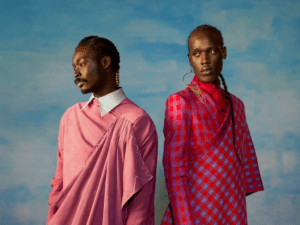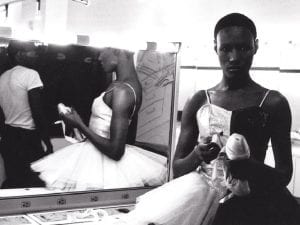In a cultural landscape increasingly concerned with re-evaluating artistic legacies, the Brooklyn Museum’s latest exhibition, Consuelo Kanaga: Catch the Spirit, offers a revelatory exploration of a photographer whose contributions remain underappreciated. Kanaga (1894-1976) was a singular voice in 20th century American photography, documenting the urgent social issues of her time with a rare sensitivity and an eye for both modernist composition and humanistic storytelling.
The exhibition is delivered in partnership between Fundación MAPFRE in Spain and the San Francisco Museum of Modern Art (SFMOMA), presenting an expansive retrospective of Kanaga’s work. The homecoming to the Brooklyn Museum, which houses the world’s most extensive collection of her photographs, is particularly poignant. This landmark show, curated by Drew Sawyer, brings together 180 pictures alongside ephemera and film, illustrating Kanaga’s radical creative vision over 60 years.
Kanaga captured the nuances of American life – urban poverty, racial injustice and labour struggles – whilst also producing some of the most striking modernist portraits of the era. She was a rare figure in early 20th century photojournalism, one of the few women working professionally in the field, yet she remained on the periphery of major artistic movements. Catch the Spirit seeks to reposition her work within the broader narrative of modern photography, drawing parallels between her practice and that of her more widely recognised contemporaries, such as Dorothea Lange and Imogen Cunningham.
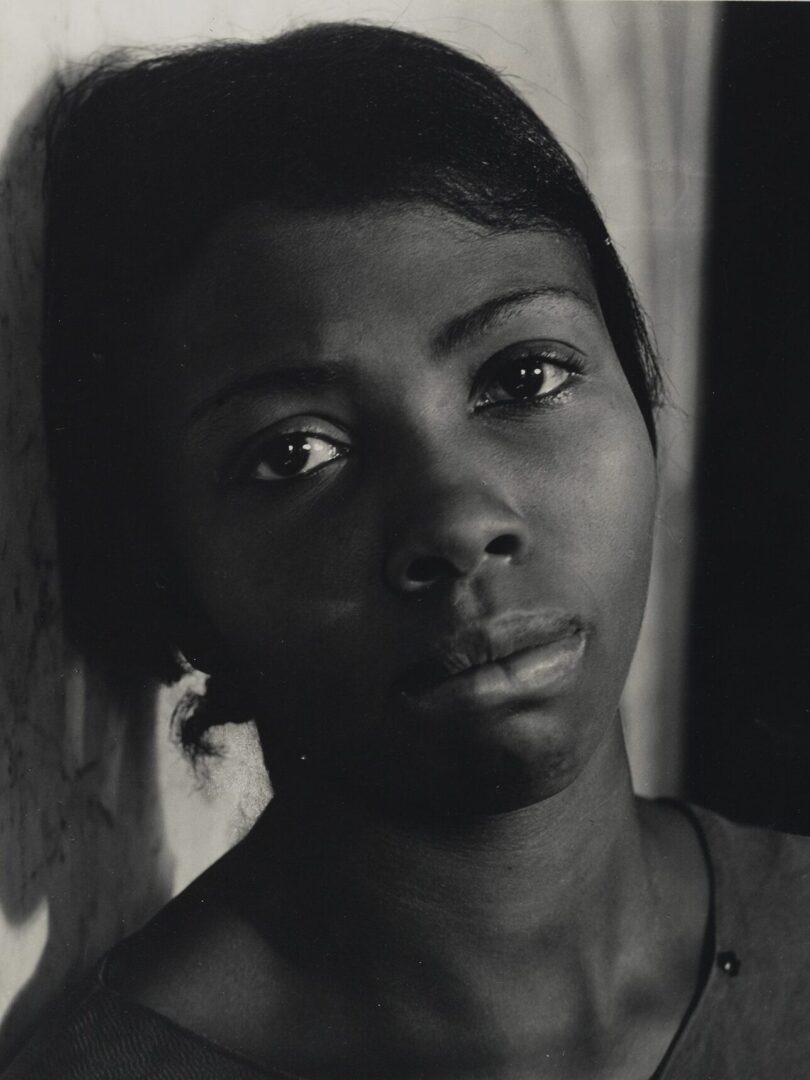
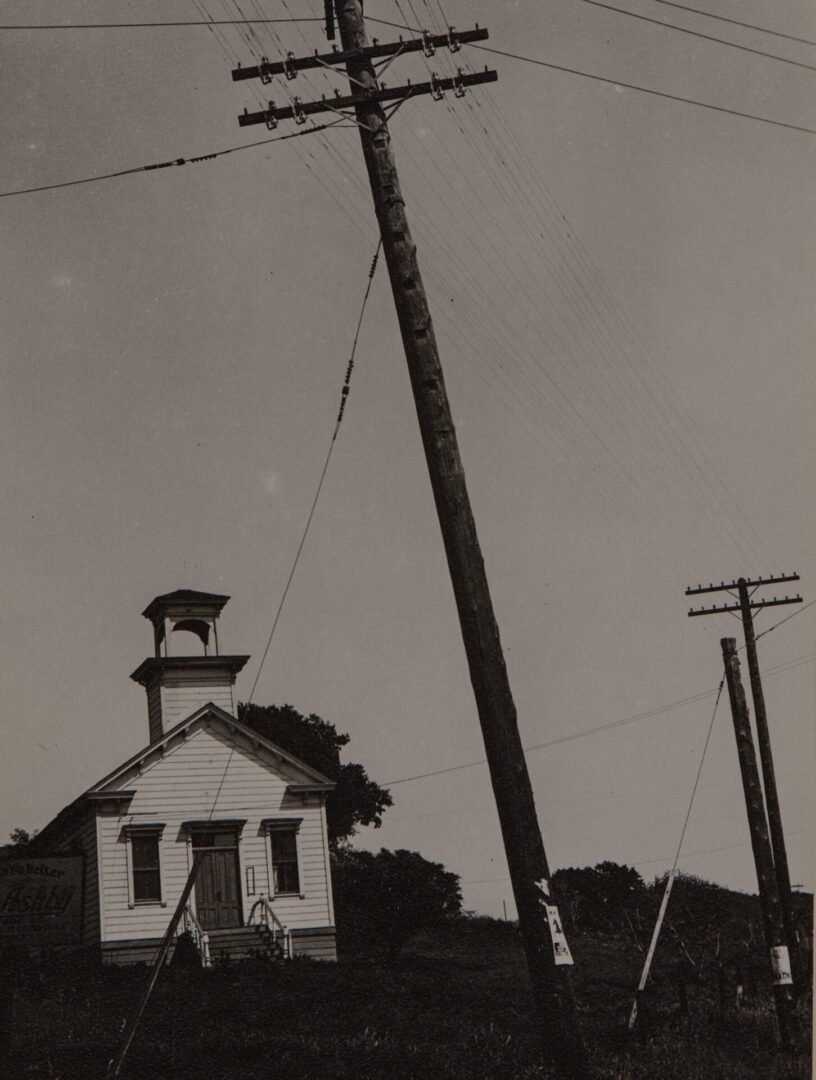
Pauline Vermare, the Phillip and Edith Leonian Curator of Photography, says: “Kanaga sheds light on some of the most critical social issues and actors of her time. Her work and legacy seem all the more important and relevant today. The prints and negatives that Barbara Millstein brought into the photography collection are one of the major treasures of the Brooklyn Museum. We are delighted that this exhibition will bring attention to an incredibly modern and generous artist, who worked alongside many well-known photographers. Kanaga was an invaluable mentor to many women photographers of her time. Now is a perfect moment to bring her back into the light. We hope that her life and work will inspire new generations of image-makers and critical thinkers.”
Kanaga’s career began in 1915 as a writer and photographer for the San Francisco Chronicle, and her early work focused on the city’s streets, documenting working-class communities with an acute awareness of social disparities. Her move to New York in 1922 marked a significant turning point, as she became enmeshed in the world of Alfred Stieglitz and his modernist circle. By the 1930s, Kanaga had become associated with Group f/64, the West Coast movement championing sharp-focused, unmanipulated photography. Her inclusion in their landmark 1932 exhibition at the de Young Museum affirmed her technical prowess, yet she diverged from their formalist concerns, gravitating instead toward the social documentary work that would define her legacy.
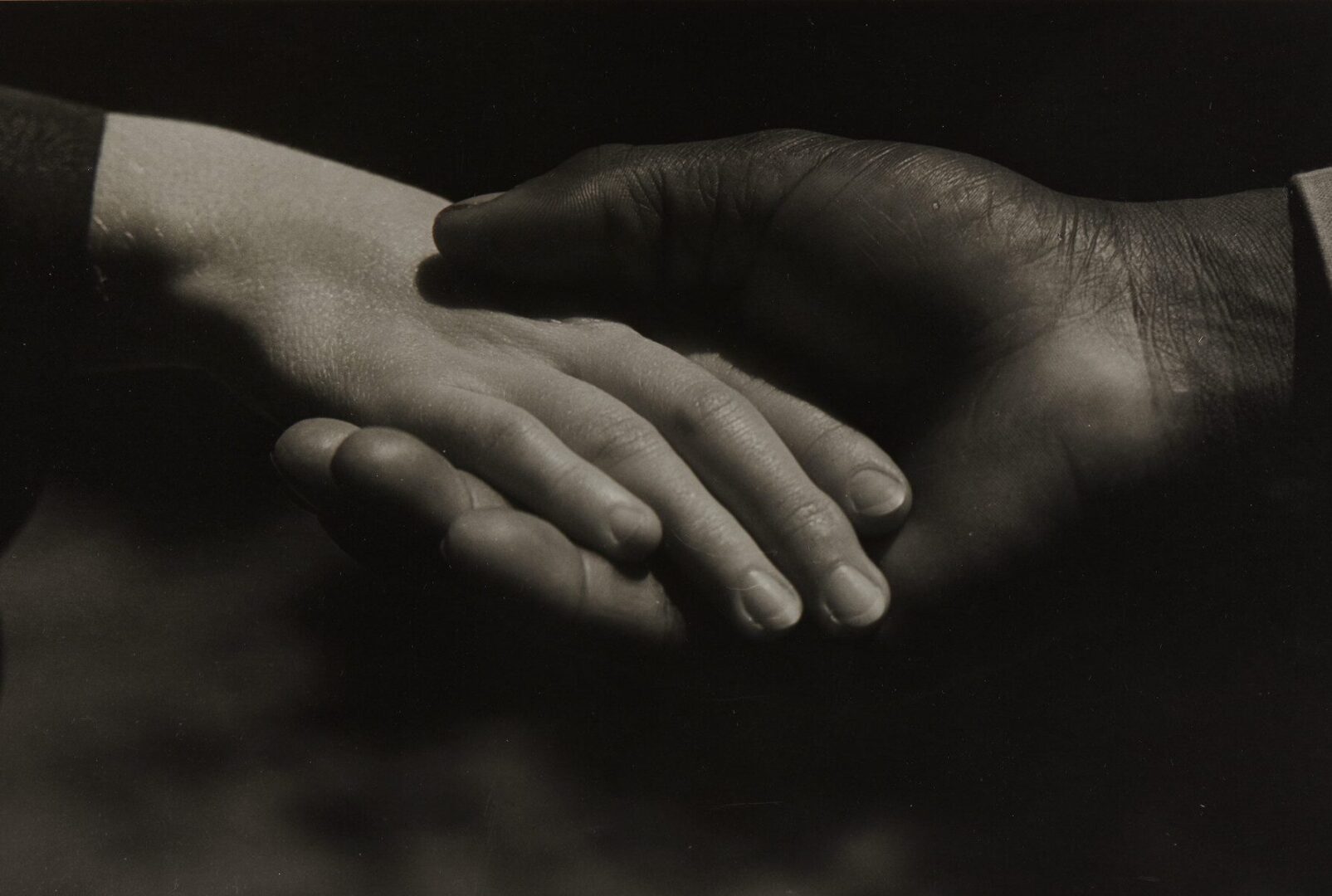
Throughout the 1930s and 1940s, Kanaga worked extensively for leftist publications such as Sunday Worker, embedding herself within the Photo League, where she was a lecturer and an active member of documentary projects. Her work from this period is especially poignant – portraits of Black Americans in the Jim Crow South, labourers in the fields, and strikingly intimate studies of women and children. It was this commitment to portraying African American life with dignity and empathy that set Kanaga apart.
Her most well-known image, She is a Tree of Life to Them (1950), remains one of the most powerful photographic portraits of the 20th century. This arresting image of a Black woman holding a child, her face solemn and strong, encapsulates Kanaga’s ethos – using the camera not to merely document, but to elevate and humanise her subjects. The title of the exhibition, Catch the Spirit, derives from her own words: “When you make a photograph, it is very much a picture of your own self. That is the important thing. Most people try to be striking to catch the eye. I think the thing is not to catch the eye but the spirit.”
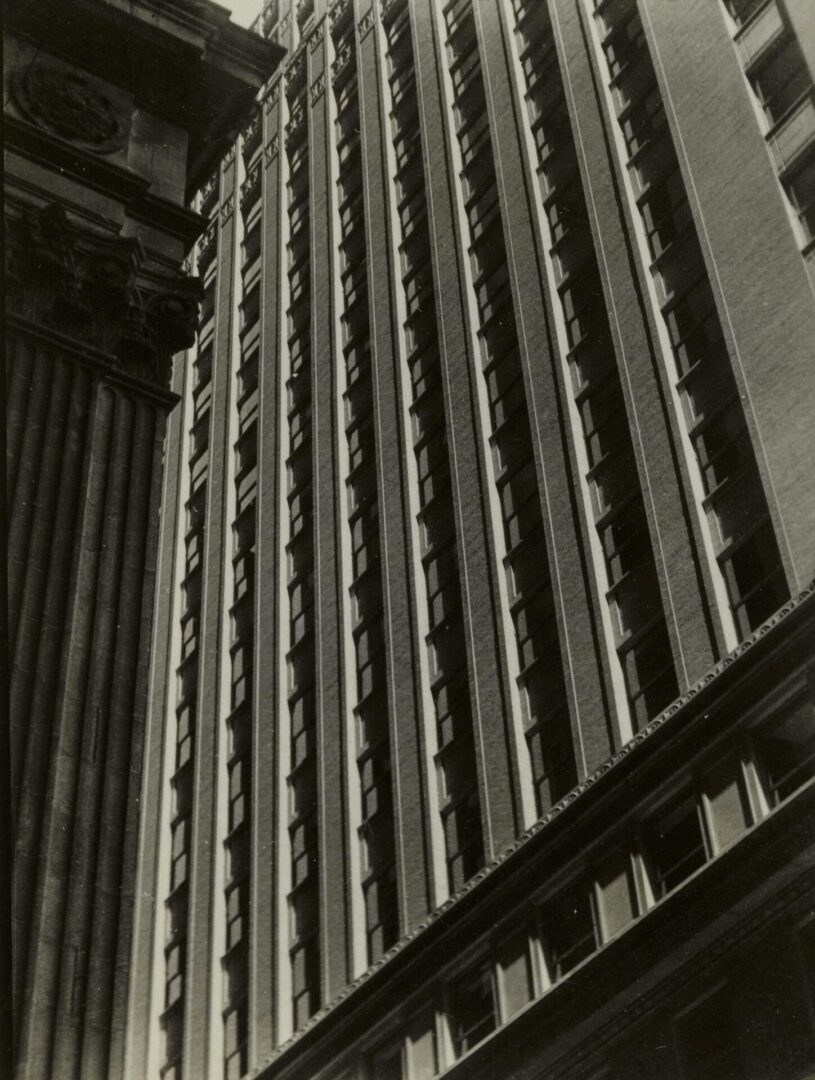
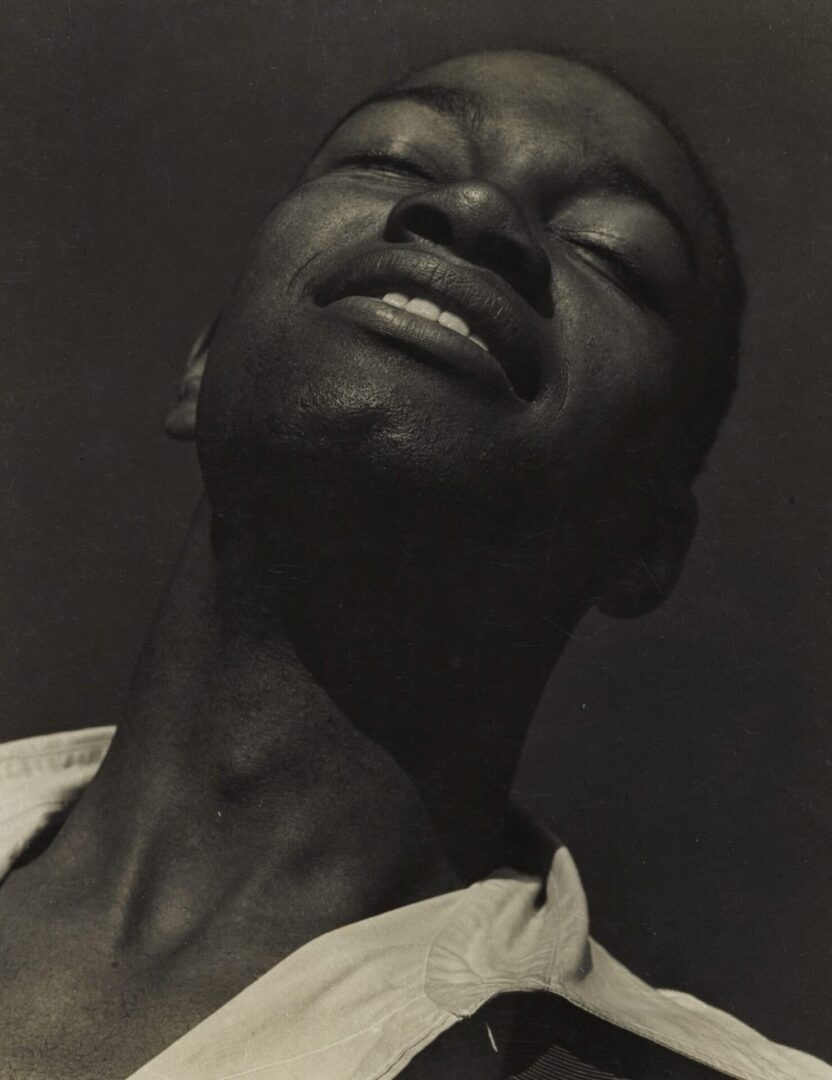
The exhibition unfolds thematically, reflecting the diverse phases of Kanaga’s practice. Sections include Photojournalism and the City; Portraiture; Americans Abroad; Photography and the American Scene; Portraits of Artists; Travels to the U.S. South; and Nature Studies. This structure highlights the breadth of her work – from sharp, modernist compositions of New York’s urban sprawl to her deeply personal portraits of everyday people. The Brooklyn Museum’s extensive holdings of Kanaga’s work – nearly 500 vintage prints and 2,500 negatives – underscore her importance to American photography. As the museum continues to push forward dialogues about representation and social justice in art, Catch the Spirit serves as both a historical re-examination and a timely reflection on the role of images in shaping collective memory.
In an era where visual storytelling is more powerful than ever, Consuelo Kanaga: Catch the Spirit is a testament to the enduring potency of the camera as a tool for empathy, activism and artistic innovation. The exhibition does more than revive an overlooked artist – it challenges viewers to see the past anew and to recognise the persistent social realities that Kanaga so fearlessly documented. In doing so, it ensures that her voice, long unheard, finally receives the recognition it so richly deserves.
Consuelo Kanaga: Catch the Spirit is at Brooklyn Museum, New York, until 3 August 2025.
For more information, visit brooklynmuseum.org
Words: Shirley Stevenson
Image Credits:
1. Consuelo Kanaga. Kenneth Spencer, 1933. Gelatin silver print. Brooklyn Museum, Gift of Wallace B. Putnam from the Estate of Consuelo Kanaga, 82.65.368. © Brooklyn Museum. (Photo: Brooklyn Museum)
2. Consuelo Kanaga. Annie Mae Merriweather, 1935. Gelatin silver print. Brooklyn Museum, Gift of Wallace B. Putnam from the Estate of Consuelo Kanaga, 82.65.379. © Brooklyn Museum. (Photo: Brooklyn Museum)
3. Consuelo Kanaga. Clapboard Schoolhouse, ca. 1935. Gelatin silver print. Brooklyn Museum, Gift of Wallace B. Putnam from the Estate of Consuelo Kanaga, 82.65.272. © Brooklyn Museum. (Photo: Brooklyn Museum)
4. Consuelo Kanaga. Hands, 1930. Gelatin silver print. Brooklyn Museum, Gift of Wallace B. Putnam from the Estate of Consuelo Kanaga, 82.65.2248. © Brooklyn Museum. (Photo: Brooklyn Museum)
5. Consuelo Kanaga. Untitled (New York), ca. 1940. Gelatin silver print. Brooklyn Museum, Gift of Wallace B. Putnam from the Estate of Consuelo Kanaga, 82.65.86. © Brooklyn Museum. (Photo: Brooklyn Museum)
6. Consuelo Kanaga. Kenneth Spencer, 1933. Gelatin silver print. Brooklyn Museum, Gift of Wallace B. Putnam from the Estate of Consuelo Kanaga, 82.65.368. © Brooklyn Museum. (Photo: Brooklyn Museum)



